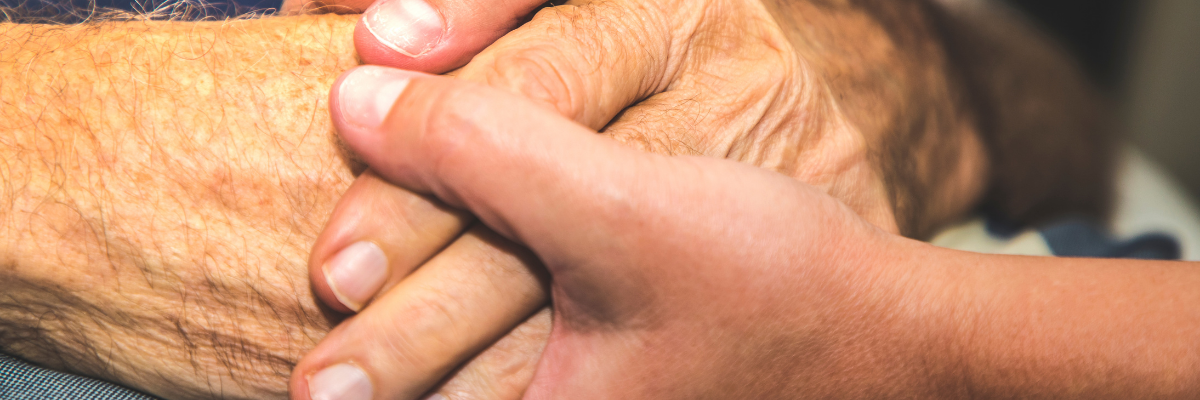How to Care For Someone Living With Parkinson’s Disease
Parkinson’s disease affects a growing number of people worldwide every year. People living with Parkinson’s disease are most often over 60 and require constant care. It is one of the most common diseases affecting elderly people under care, so everyone in the profession should know a thing or two about it. What is Parkinson’s disease? What are the treatments, and which Parkinson’s aids are most effective? And finally, how to care for a senior living with Parkinson’s disease? Today we will fill in all the knowledge gaps on this topic.
What is Parkinson’s disease?
Parkinson’s disease is a disorder affecting the neurological system. It disrupts the functions of the brain and spinal cord of the affected person. As a consequence, the person suffers progressively increasing dysfunction and disability. Paralysis agitans is a spontaneous, slowly progressive, degenerative disease of the central nervous system, included in the diseases of the extrapyramidal system.
It is named after the London physician James Parkinson, who recognised and described the symptoms of this condition in 1817. Interestingly, however, its anatomical and biochemical basis was not recognised until the 1960s. The degenerative process of the nervous system most often affects people over the age of 60 and is most commonly associated with hand tremors, but this is only one of the first signs of Parkinson’s.
First signs of Parkinson’s disease
Parkinson’s disease is a progressive disorder of the central nervous system and all of its symptoms are the result of neuronal atrophy in the brain, which leads to a reduction in dopamine, a neurotransmitter responsible for learning, memory, concentration, sleep, wakefulness, coordination of movements and emotional processes. Among the first signs of Parkinson’s that can be observed are stiffness and severe muscle tremor, resting tremors, visible slowing down of the patient’s movements and loss of olfactory perception.
How do you recognise the first signs of Parkinson’s as a carer? A fairly easy to observe symptom of Parkinson’s disease is muscle tremors, especially at rest. The carer may observe this when the patient wants to point a finger at something or raise an arm, and then notice the tremor, which may be accompanied by a crouched and rigid posture, and may diminish or disappear after a while.
How to care for someone living with Parkinson’s disease?
Proper Parkinson’s help at home, which means organising activities for the patient, exercising with them and properly preparing the patient’s home for comfortable Parkinson’s aids are of considerable importance for the affected person, as modern medicine only knows how to relieve pain and slow down the disease, but not how to cure it. The care of elderly people who suffer from Parkinson’s disease must be based on providing them with the greatest possible comfort in everyday life and relief from everyday activities.
Patients in the first stage of the disease need to be physically active as this has a beneficial effect on the body’s metabolic processes and alleviate or get rid of troublesome muscle tremor. Caregivers should provide patients with as much physical activity as possible – including walking, swimming hiking and cycling. Besides helping with daily chores, Parkinson’s help at home should also focus on giving hope and supporting a positive attitude of the elderly.
How do to adapt the home of a person living with Parkinson’s disease?
When preparing a flat or house for a person living with Parkinson’s disease, the most important thing is to ensure that free movement is not impeded – this means removing any obstacles such as carpets, rugs, protrusions, and high thresholds. It is also crucial to fit out the key rooms, namely the bathroom, toilet and kitchen. In the bathroom, the bathtub or shower tray should be low so that entering it is not a problem. It is also necessary to place a non-slip mat inside, as well as handles to facilitate use and prevent falls. There should also be handles in the toilet and wherever else they are needed, and all rooms should be well lit.
Parkinson’s aids
If you want to give a person living with Parkinson’s disease a sense of independence, consider buying special Parkinson’s aids to make their life, mobility and daily activities easier. You’ll find a lot of different tools and aids on the market. For starters, it’s a good idea to get walking aids such as walkers and canes, as well as any safety measures. There are also a lot of other items on the market that make everyday tasks easier, such as special spoons that reduce shaking, or kettle tippers that make it possible to tilt a kettle without lifting it.
How to care for someone living with Parkinson’s disease – summary
The most important thing in properly caring for someone living with Parkinson’s disease is reminding them to take their medication and helping them with their daily tasks. However, do not overlook the great power of motivation that a carer can provide, so keep up the optimism!














